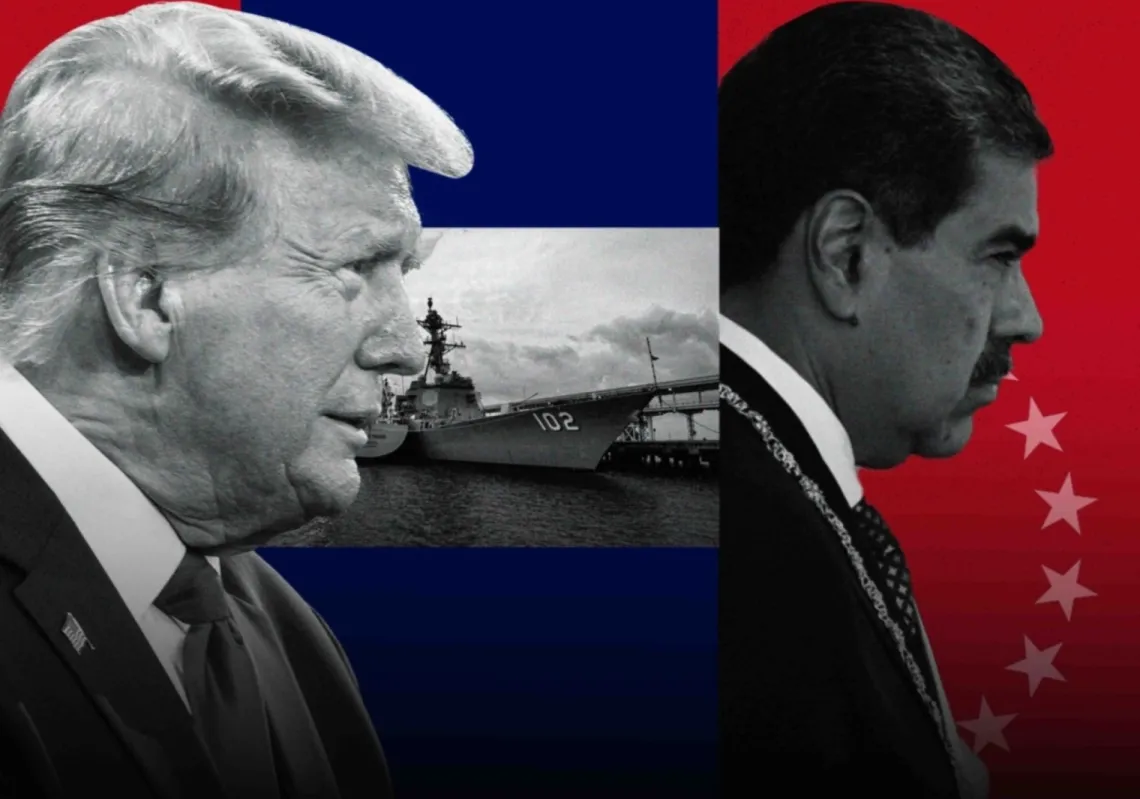China's Belt and Road Initiative (BRI), launched in September 2013, spread its infrastructure development projects around the world. Investments in railways, ports, industrial parks, power stations, hi-tech hubs, and highways are dotted across the Middle East and the western Indian Ocean.
China’s economic relations now stretch far beyond Asia to Europe, Russia, and the Gulf. Since 2020, China has become the European Union’s top trading partner. Total bilateral trade reached $912bn in 2022.
Trade with the Gulf Cooperation Council (GCC) countries now goes beyond oil and gas. Their bilateral trade hit $505bn in 2022. In Oman, the United Arab Emirates, and Kuwait, China is investing in infrastructure.
It includes dozens of auxiliary buildings at Khalifa Port in the UAE, a fuel storage station at the Port of Fujairah, and investments in the Port of Duqm in Oman.
Typically, Chinese companies are granted exclusive rights over design, construction, and management for around 35 years. To some, this raises concerns about China’s growing regional influence.
The timelines certainly suggest a long-term stay.
China's presence near the Strait of Hormuz, one of the world's major oil shipping lanes, could pave the way for the permanent positioning of Chinese naval vessels in the strait.
This could lead to a Chinese military presence there, which would risk future clashes with American interests stationed nearby.

China's military doctrine
After more than a decade, the BRI has evolved beyond roads and railways. It has become a means by which Beijing can strengthen its diplomatic, military, media, and economic presence in Europe, Asia, and Africa.
China's maritime trade routes facilitate supply chains, oil tankers, and gas carriers. This means that Chinese interests face threats from non-state actors, piracy operations, and regional powers vying for economic and military advantage.
As a result, Beijing is enhancing its navy. It wants a force that can be deployed globally, capable of managing adjacent waterways, monitoring vital maritime routes, and safeguarding China's political and economic interests beyond East Asia.
China's concept of "active defence" was defined back in 2015 as "commitment to the principles of defence, self-defence, and counterattack". The strategy added: "We will not attack unless attacked, but we will surely counterattack if attacked."
According to this doctrine, the People's Liberation Army (PLA) seeks to prevent war and manage crises by balancing war preparedness and prevention, protecting rights, preserving stability, and deploying military forces in peacetime.
The doctrine also tasks the PLA with Military Operations Other Than War (MOOTW). It emphasises "international security cooperation" to safeguard China's external interests.
While China's top priority is still its preparedness for regional wars, the PLA's growing power projection may lead to the development of military doctrines for engagement beyond Southeast Asia.

















